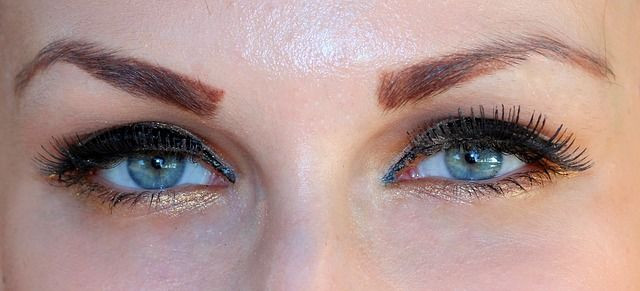Are You Visually Intelligent? What You Don’t See Is As Important As What You Do See

Contrary to what you may have learned in school, intelligence can't be summed up by one IQ number. Visual intelligence is just one of many aspects of your overall intelligence. In a recent video, the team at Big Think expanded the idea of visual intelligence and challenged us all to think outside the box.
Visual intelligence is the concept that we see more than we can process, and it's the idea of thinking about what we can see, taking in this information, and seeing how it applies to our lives. According to Study.com, those who have high visual intelligence are able to accurately visualize the world, modify their surroundings based on these perceptions, and then recreate these visual experiences for others. They are usually very good at remembering images, faces, and fine details.
In her Big Think Talk, art historian and lawyer Amy Herman explained an aspect of visual intelligence that tends to elude most of us: the pertinent negative. When describing something we saw, we tend to explain what was present, but Herman explains that the pertinent negative, or what was absent in the photograph, is often just as important.
For example, this form of description is especially important in medicine when doctors try to diagnose an illness. If an individual only shows two of three symptoms associated with the illness, it’s this third missing symptoms that lets the doctor know what the patient does not have. In addition, in missing person’s cases, what is absent from the individual's home is often more important than what is actually there. For example, if the wallet and car keys are absent from the home, the search for the missing person will be entirely different than it was if these items were there.
Read More:
How Smart Am I? 7 Science-Backed Signs Of High Intelligence: Read Here
Tips To Become A Better Chess Player: High Intelligence Plays Important Role In Skill: Read Here
Published by Medicaldaily.com



























